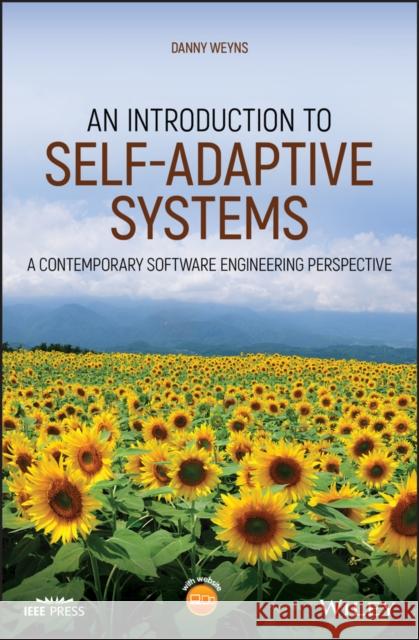An Introduction to Self-Adaptive Systems: A Contemporary Software Engineering Perspective » książka
topmenu
An Introduction to Self-Adaptive Systems: A Contemporary Software Engineering Perspective
ISBN-13: 9781119574941 / Angielski / Twarda / 2020 / 288 str.
An Introduction to Self-Adaptive Systems: A Contemporary Software Engineering Perspective
ISBN-13: 9781119574941 / Angielski / Twarda / 2020 / 288 str.
cena 456,72
(netto: 434,97 VAT: 5%)
Najniższa cena z 30 dni: 452,05
(netto: 434,97 VAT: 5%)
Najniższa cena z 30 dni: 452,05
Termin realizacji zamówienia:
ok. 30 dni roboczych
Bez gwarancji dostawy przed świętami
ok. 30 dni roboczych
Bez gwarancji dostawy przed świętami
Darmowa dostawa!
Kategorie:
Kategorie BISAC:
Wydawca:
Wiley-IEEE Computer Society PR
Seria wydawnicza:
Język:
Angielski
ISBN-13:
9781119574941
Rok wydania:
2020
Numer serii:
000416198
Ilość stron:
288
Waga:
0.63 kg
Wymiary:
25.15 x 17.53 x 2.03
Oprawa:
Twarda
Wolumenów:
01
Dodatkowe informacje:
Bibliografia











